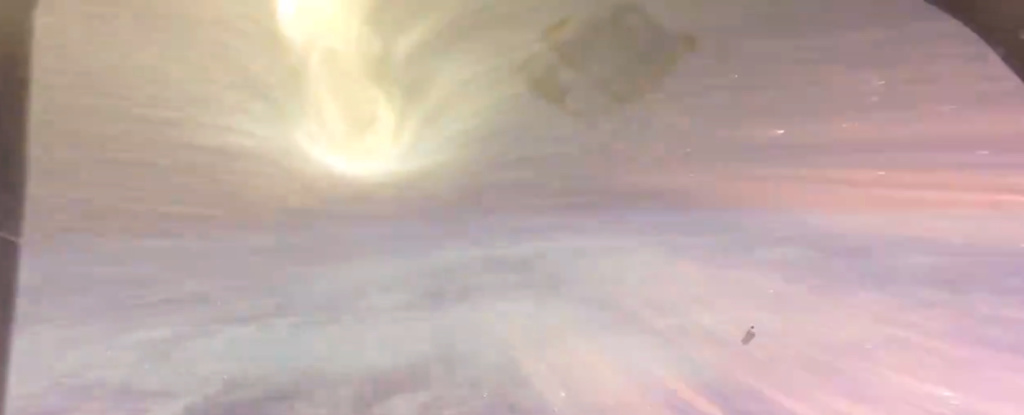
NASA has released breathtaking footage capturing the moment the Orion spacecraft collided with Earth’s atmosphere, hurtling at an astonishing speed of 11 kilometers (6.8 miles) per second.
This incredible video, recorded during NASA’s Artemis 1 mission last year, showcases the spacecraft’s entry at over 32 times the speed of sound. It stands as one of the most visually stunning moments of the year.
Witness the extraordinary event here:
NASA’s Orion Spacecraft account recently shared an X of the one-minute re-entry clip this week. The complete 25-minute version is also available. This brief excerpt has rapidly gained viral traction, and for a good reason – it’s absolutely mind-blowing!
Originally part of the uncrewed Artemis 1 mission, which journeyed to the Moon last November, this event marked NASA’s inaugural test of its substantial space launch system. The system aims to propel humans back to the Moon and, ultimately, toward the exploration of Mars.
The Artemis 1 mission provided a crucial test for the Orion spacecraft, a partially reusable vehicle designed to accommodate up to four crew members. Launched empty into space for 25 days, including six days in lunar orbit, Orion documented its entire journey with 16 onboard cameras.
Upon re-entry, the spacecraft dramatically entered Earth’s atmosphere, creating a plasma wake as it ‘skipped’ like a stone across a lake. Aerospace engineer Chris Combs from the University of Texas at San Antonio, closely associated with NASA, explained on X that the flaring in the footage results from burning bits of tape and control thrusters firing.
Combs clarified that the clicking and thumping sounds in the video are the valves firing the control thrusters. Orion’s splashdown via parachute in the Pacific Ocean on December 11, 2022, marked the mission’s conclusion.
The spacecraft tested a novel re-entry process known as a ‘skip‘, enabling controlled splashdown by bouncing off the atmosphere. This technique, designed to land closer to the U.S. coast, was deemed successful by Chris Madsen, Orion guidance, navigation, and control subsystem manager, in April 2022.
During its inaugural mission, Orion ventured 434,500 kilometers (270,000 miles) away from Earth, surpassing the distance reached by any spacecraft designed for human transport to date.
Explore more breathtaking highlights of the Artemis 1 mission in NASA’s video below:
The upcoming Artemis II mission by NASA is set to be a groundbreaking test, featuring the first crew aboard the Orion spacecraft. Scheduled for launch in November 2024, this eagerly anticipated mission promises significant advancements. Stay tuned for this exciting development!





